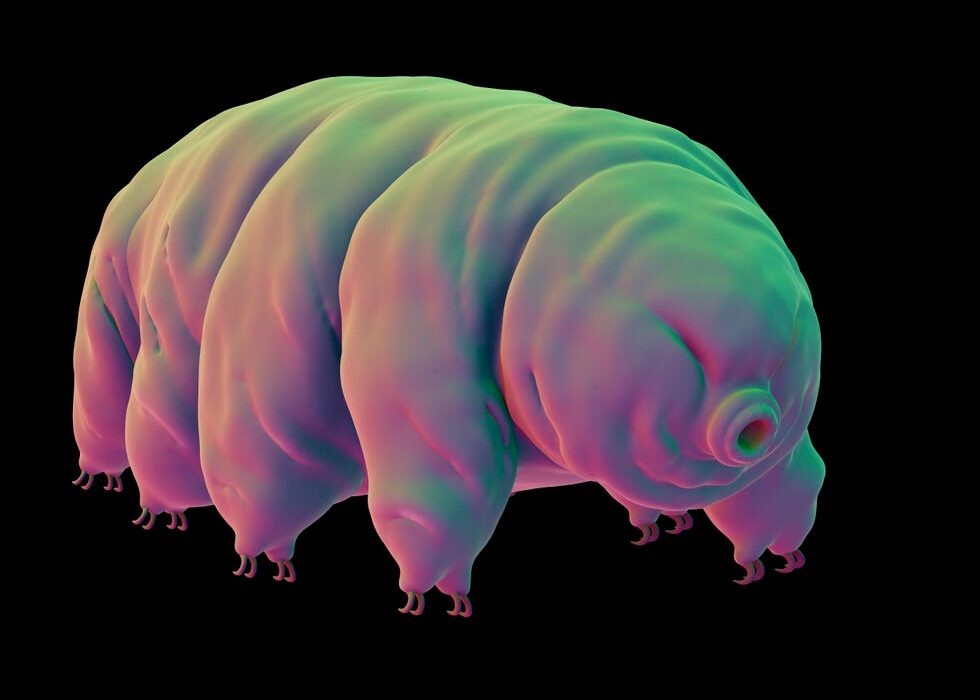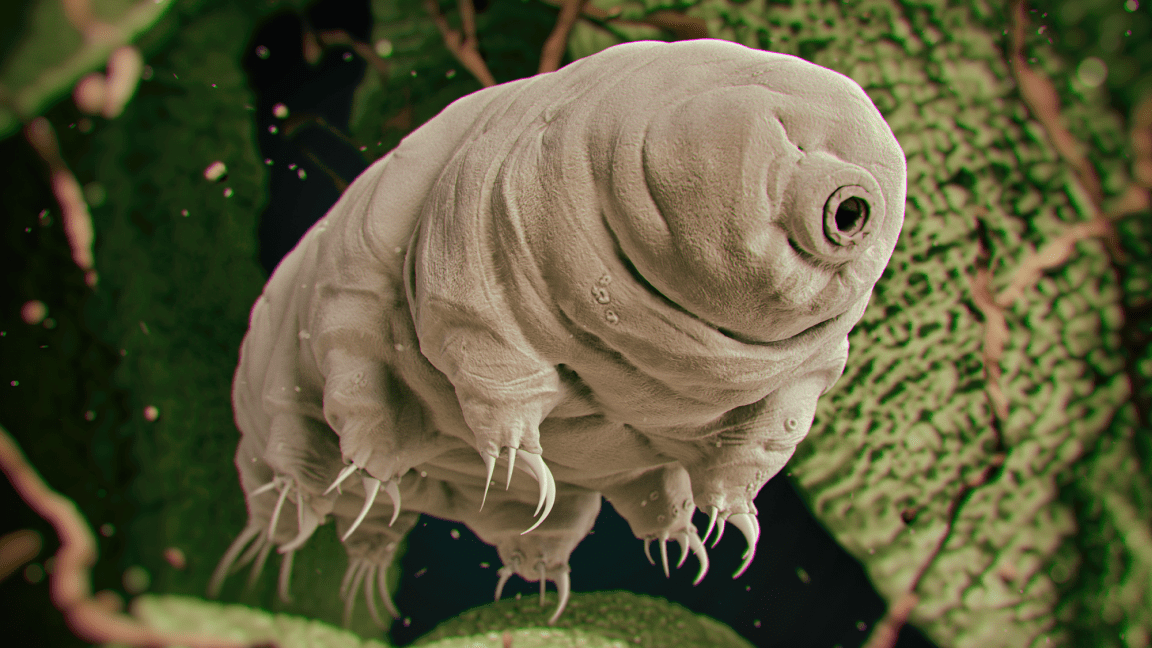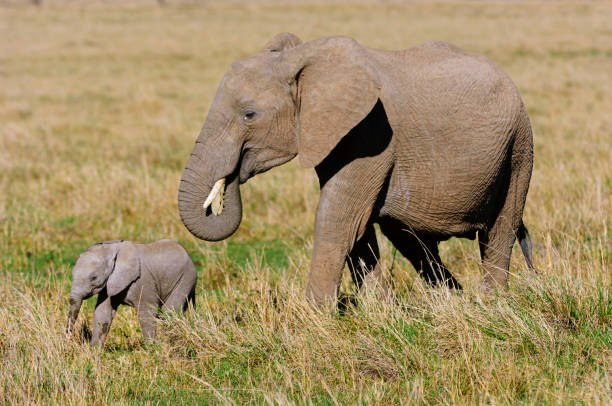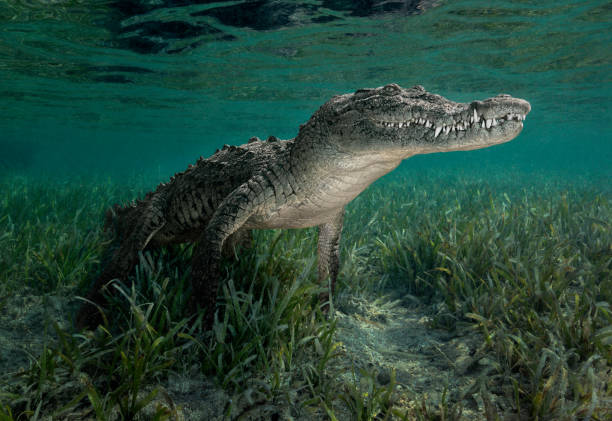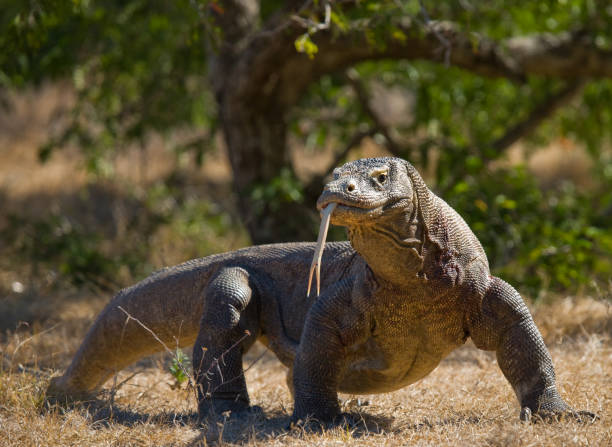Water is the essence of life — the shimmering thread that binds every living being on Earth. It carves rivers, nourishes forests, and sustains every breath we take. Yet, in nature’s vast and intricate web, there are extraordinary creatures that have defied this fundamental rule of biology. These are the survivors of the impossible — animals that live, thrive, and even reproduce in environments where water is a rare, almost mythical substance.
In the unforgiving deserts, the frozen wastelands, and the searing salt flats, these remarkable beings have evolved the ultimate adaptation: the ability to survive without drinking water at all. Some of them extract moisture from their food, others recycle every drop inside their bodies, and a few have developed biochemical miracles that allow them to exist in near-total dehydration.
This is the story of endurance, evolution, and the breathtaking ingenuity of life itself. Here are twelve extraordinary animals that can survive without water — the masters of nature’s harshest lessons.
1. Kangaroo Rat – The Desert’s Tiny Alchemist
If there were a crown for the king of dry survival, the kangaroo rat would wear it proudly. Found in the scorching deserts of North America, this small rodent has perfected the art of life without water.
The kangaroo rat never drinks a single drop of liquid — not in captivity, not in the wild. Instead, it performs a biochemical miracle inside its body. By consuming dry seeds, such as those of mesquite and creosote bushes, it produces water metabolically through the oxidation of carbohydrates.
When food is digested, the breakdown of carbohydrates generates water molecules — and the kangaroo rat’s body is engineered to conserve every atom of it. Its kidneys are among the most efficient in the animal kingdom, capable of concentrating urine so densely that almost no water is lost. Its nasal passages even cool exhaled air to recapture moisture before it escapes.
In the desert, where temperatures can soar to 45°C by day and plummet by night, this little creature hops gracefully across the sand, its long tail balancing its leaps. The kangaroo rat is a living testament to evolution’s genius — an animal that doesn’t just survive without water, but thrives in a world that would desiccate most others within hours.
2. Sand Gazelle – The Breath-Saving Runner of the Sahara
In the arid wilderness of the Sahara, the sand gazelle dances across dunes that shimmer like liquid gold. Here, water is not just scarce — it is nearly nonexistent. Yet, the sand gazelle endures, sleek and unbroken.
Its secret lies in its astonishing physiology. The sand gazelle can shrink its liver and heart to reduce the amount of oxygen it needs, which in turn decreases the need for water to cool its body. This adaptive trick minimizes internal heat production and conserves precious moisture.
Unlike many mammals, the sand gazelle doesn’t need to drink water regularly. It obtains all the moisture it requires from the plants it eats — desert shrubs and grasses that store trace amounts of dew or sap.
When the blazing sun bears down, the gazelle’s pale fur reflects heat, and its nasal passages reclaim water vapor from every exhaled breath. In this vast, burning emptiness, it lives a life of quiet resilience, proof that grace and survival can coexist even in the harshest lands.
3. Thorny Devil – The Lizard That Drinks with Its Skin
Deep in the Australian Outback lives a creature that looks as if it crawled out of a myth — the thorny devil. Covered in spikes and painted in earthy camouflage, this lizard survives where few others can. Its most astounding feature? It can drink water without using its mouth.
The thorny devil’s skin is covered in a network of tiny grooves that act like microscopic straws. When dew or even the faintest trace of rain touches its body, capillary action draws the water along these grooves toward its mouth.
Even when it steps onto moist sand or encounters humidity, its skin harvests the invisible water vapor and funnels it inward. It’s as if the desert itself feeds this spiny marvel.
Inside, the thorny devil’s metabolism is highly water-efficient. It excretes nitrogenous waste as solid uric acid, losing almost no liquid in the process. In the blazing Outback sun, the thorny devil strolls slowly, blending into the landscape — a creature perfectly tuned to the rhythm of thirst and survival.
4. Camel – The Icon of Endurance
No list of waterless survivors would be complete without the legendary camel — the “ship of the desert.” Towering, serene, and unflinchingly patient, camels are symbols of resilience, traversing miles of barren sands without a single sip of water.
Contrary to popular belief, camels don’t store water in their humps. The humps are reservoirs of fat, which can be metabolized to release both energy and water when needed. Through this biochemical alchemy, camels can endure up to two weeks without drinking, and even longer if vegetation is available.
Their bodies are a masterpiece of water conservation. Their kidneys and intestines are so efficient that they can produce urine thicker than syrup and feces so dry they can be used as fuel. They can lose up to 25% of their body weight in water — a fatal loss for most mammals — and still function.
When they finally do drink, they rehydrate in minutes, gulping down up to 40 gallons of water at once. In the endless dunes, the camel walks steadily, not against the desert, but as one with it — a living bridge between scarcity and survival.
5. Namib Desert Beetle – The Fog Collector
In the Namib Desert, where rain may not fall for years, survival requires innovation. The Namib Desert Beetle, a small black insect no longer than a fingernail, has developed a method so ingenious that engineers study it for modern water-harvesting technology.
Each morning, as the cool ocean fog drifts inland, the beetle climbs to the top of sand dunes and faces the wind. Tiny bumps on its back attract water droplets from the fog, while the smooth valleys between the bumps channel the droplets toward its mouth.
Without ever drinking from a pond or stream, it gathers life-sustaining moisture from thin air.
This remarkable adaptation allows the beetle to thrive in an ecosystem where liquid water virtually doesn’t exist. It is a quiet innovator, a symbol of nature’s ability to transform scarcity into opportunity.
6. Sandfish Lizard – The Subterranean Swimmer
The sandfish lizard, found in North Africa and the Arabian Peninsula, lives where the heat would blister most creatures in moments. Named for its graceful ability to “swim” through sand, this reptile has mastered a life without drinking water.
Its diet — mainly ants and small insects — provides enough moisture to sustain it. The sandfish’s skin is smooth and reflective, reducing water loss through evaporation. It spends most of its time beneath the sand, where temperatures are cooler and humidity is higher.
Its metabolism is tuned for efficiency. It produces very concentrated waste and can survive long periods without fresh water. The sandfish’s entire existence takes place in a world of shifting grains and burning silence — a place it navigates with effortless grace.
7. Thorny Bush Cricket – The Night Drinker
In the parched regions of Africa and Australia, where plants seem to wither at dawn, the thorny bush cricket endures through one of nature’s most delicate miracles: dew.
This insect doesn’t seek rivers or rain. Instead, it rises with the first whisper of dawn, when tiny beads of condensation form on leaves and stems. Using its specialized mouthparts, it drinks these droplets before the sun burns them away.
During the day, it hides from the heat, conserving every molecule of moisture. Its exoskeleton minimizes evaporation, and its body chemistry allows it to recycle internal water efficiently.
Through patience and precision, the thorny bush cricket has turned one of nature’s smallest events — morning dew — into a fountain of life.
8. Desert Tortoise – The Underground Alchemist
Hidden beneath the sands of the Mojave and Sonoran Deserts lives the desert tortoise, a quiet creature of endurance. It can go for nearly a year without drinking water, thanks to remarkable adaptations in both behavior and biology.
During rare rainfalls, the tortoise drinks and stores water in a specialized bladder that can make up to 40% of its body weight. This reservoir sustains it through months of drought.
It spends much of its life in burrows, where temperatures remain cool and humidity higher. When food is scarce, the tortoise can reabsorb moisture from its stored urine — a recycling process that keeps it alive when the desert offers nothing but heat and dust.
Its calm, deliberate movements mirror its slow heartbeat — a life lived on the edge of desiccation, balanced perfectly between conservation and endurance.
9. Oryx – The Living Mirage
The oryx, with its long, spear-like horns and elegant stride, is one of the most majestic animals of the desert. Native to Africa and Arabia, it survives where temperatures can exceed 50°C and where water may not appear for months.
The oryx’s secret lies in its extraordinary physiology. It can let its body temperature rise safely to 46°C — a threshold that would kill most mammals — to prevent sweating and conserve water. Its nasal passages cool the blood that travels to the brain, allowing it to withstand intense heat without dehydration.
It extracts moisture from desert grasses and shrubs, and can detect rainfall miles away, traveling vast distances to find temporary pastures.
In the shimmering desert mirage, the oryx stands as a symbol of power and poise — the embodiment of beauty born from brutal necessity.
10. Australian Water-Holding Frog – The Buried Reservoir
When the Australian Outback turns dry and the rivers vanish, one creature takes survival to an extreme art form. The water-holding frog buries itself deep underground and enters a state of suspended animation known as aestivation.
Before retreating, it absorbs as much water as possible into its body tissues and bladder. There, wrapped in a cocoon of its own mucus, it can sleep for months — sometimes years — waiting for the rains to return.
When the first drops finally fall, it awakens, emerging from the earth like a living resurrection. It mates, feeds, and replenishes its reserves before the cycle of drought begins again.
This amphibian’s ability to “pause” life itself is one of nature’s most haunting miracles — proof that even the most water-dependent creatures can learn to endure its absence.
11. Death Valley Pupfish – The Desert Swimmer
It seems almost impossible: a fish living in one of the hottest, driest places on Earth. Yet the Death Valley pupfish has managed to thrive in shallow, salty pools that would be lethal to most aquatic life.
These tiny fish, descendants of species that lived in once-lush lakes thousands of years ago, have adapted to survive in hypersaline, near-boiling water. When conditions worsen, they slow their metabolism, needing less oxygen and water exchange.
Their bodies tolerate extreme salinity and temperature, allowing them to live in water that is more concentrated than seawater — a miracle of physiological resilience.
Though they do live in small pockets of water, they survive with such little moisture that they are considered among the toughest aquatic survivors on Earth. Their persistence is a living echo of Earth’s shifting past — remnants of a world long dried away.
12. Desert Spider Beetle – The Minimalist of the Sands
In the scorching dunes of Africa and the Middle East lives the desert spider beetle — a creature of quiet endurance. Shiny and small, it looks more like a wandering seed than an animal, perfectly adapted for its arid home.
This beetle doesn’t drink water at all. Instead, it derives every drop of moisture it needs from the food it eats — dried plant material, decaying organic matter, or even other insects.
Its hard exoskeleton prevents water loss, and its metabolism is astonishingly efficient. It excretes waste as dry pellets and can survive years without ever seeing a drop of liquid water.
The desert spider beetle moves slowly, living within shadows and crevices, embodying nature’s philosophy of minimalism — to endure by needing almost nothing.
The Science of Living Without Water
How do these creatures defy the most fundamental need of life? The secret lies in biochemical and behavioral mastery.
Some animals, like the kangaroo rat and camel, rely on metabolic water — the moisture produced internally when fats or carbohydrates are broken down. Others, like the thorny devil and Namib beetle, use innovative methods of collection, drawing water from fog, dew, or the very air.
Meanwhile, animals like the oryx and sand gazelle have learned physiological control, tolerating heat that would kill others, simply to conserve moisture. And creatures like the desert tortoise or water-holding frog practice aestivation — pausing life until nature becomes kind again.
Together, they demonstrate evolution’s unending creativity. Each of them proves that survival is not just about strength, but about the art of adaptation — the delicate balance between need and endurance.
The Lesson of the Thirstless
In the silence of the desert, in the shimmer of heat, these creatures live out their days in defiance of impossibility. They remind us that life does not bow easily to hardship.
Every kangaroo rat that hops through moonlit dunes, every oryx that stands against a rising sun, and every beetle that drinks fog from thin air tells a story — a story of persistence, of innovation, of the fierce will to live.
Water may be the source of life, but life itself finds ways to transcend even that. These twelve animals are the living proof — tiny miracles of endurance, carrying the wisdom of the ages across the sands of eternity.

